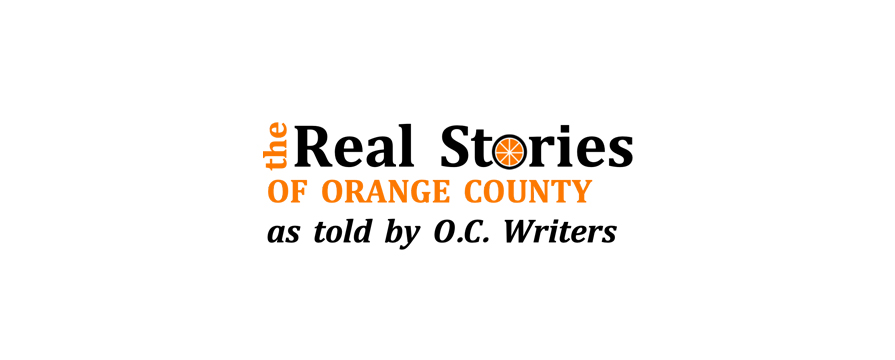By Michael Stockstill //
If you have murder on your mind, here’s some advice: don’t do it in Anaheim, then throw away your cell phone—and the victim’s.
The killer could have dumped the body almost anywhere, but chose a neighborhood just off La Palma Blvd. Big mistake.
You see, in Anaheim, the detectives take it seriously when a corpse shows up in their jurisdiction. In this case, their immediate investigation of the crime scene led to the victim’s vehicle and a cell phone record of recent calls, many of which went—guess where—to the individual the jury I sat on convicted of kidnapping and murder.
We met the victim the day we were seated as the jury.
The young man on the overhead projection screen had a big, friendly smile, spiky black hair, and just a hint of mischief in his eyes. He wore a jaunty Hawaiian shirt.
The prosecutor allowed that he’d made “some poor life choices.”
Indeed, he had. That last one got him killed.
A blurry vision of the case took shape as the prosecution and defense probed our attitudes about guns, drug use, and the credibility of someone who had agreed to a reduced sentence in return for testimony.
The vision achieved brutal clarity as the prosecution began to lay out the case, starting with photos of the victim’s body, a single gunshot the cause of death.
The victim and defendant were drug dealers and gamblers. Sharing a joint after a chance encounter at a Los Angeles area casino, they agreed to explore an illegal business venture. No sooner had the potential deal been struck, dual deception and manipulation were underway, casting the defendant’s girlfriend as bait for what turned into a setup at a North OC bar, kidnapping, and a fatal attempt at escape from the victim’s own auto.
For 15 days, we, the jury, exited the Orange County most people live in, entering instead the lives of people whose lives were largely defined by smoking and dealing dope.
But they weren’t fictional—we could almost touch them: the pretty girlfriend, the hulking accomplice, both testifying while shackled at the hands and feet. The stoic defendant, the tearful relatives and friends reliving the victim’s final hours.
There was an eerie dual storyline that developed during the trial: testimony from witnesses chronicled in a methodical, logical fashion from the questioning of the prosecution and defense, as well as a long narrative of events transcribed in cell phone records.
We were fascinated by testimony from cell service experts who explained how cell calls “ping” from tower to tower, allowing experts to identify the location of the phone to within a few feet of where the call was made.
The technology allowed the prosecution to map the night of the events leading to the murder, from the setup to the disposal of the body and get away. And because the defendant used a cell service that keeps actual texts, we were to follow conversations through the night verbatim.
We were a reasonably diverse jury in terms of sex, employed and retired, but we skewed older and whiter than the county’s demographics. Once closeted together, I admired how seriously the group addressed its task. We spent nearly half a day just reviewing the 56 pages of instructions the judge gave us to guide and focus our deliberations. Our foreman insisted on seeing the murder weapon. While it became apparent within a few hours that there was no serious disagreement about a guilty verdict on all counts, two jurors insisted on a second, deliberate review of evidence to reconcile any lingering doubts.
Our foreman delivered the verdicts to the judge, who read them out, then turned to each of us to affirm our vote. The judge, not our jury, would pass a sentence a few months later.
I walked to the first floor of the courthouse for the last time to turn in my paperwork. On the jury room wall, there is a framed quotation from Thomas Jefferson:
I consider trial by jury as the only anchor yet imagined by man by which a government can be held to the principles of its constitution.
MICHAEL STOCKSTILL is a retired public affairs executive from Irvine. He is the co-author of a book on the history of the Irvine Ranch titled Transforming the Irvine Ranch: Joan Irvine, William Pereira, Ray Watson and THE BIG PLAN. Stockstill worked as a journalist and has a degree in journalism from Humboldt State University.
EDITED BY Fred Klein.


An excellent account of the American Jury System.
Wow, I bet no one on the jury slept through THIS trial. Thanks for your report. And while I’m at it, thank you as well for the fine presentation you and your colleagues gave on your book about the ‘Big Plan’ that got UC Irvine off and running. This is a must-read for anyone interested in the university and the town (now a metropolis).